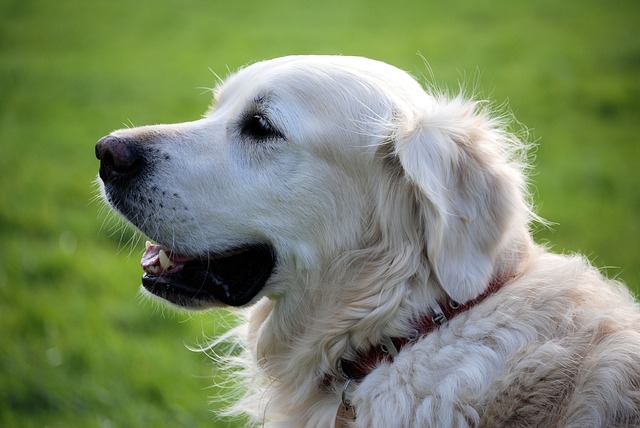
How to Teach Dogs to Stay Still
Dogs struggle with “stay” because their brains are wired to “follow the pack”—and you’re their pack. To them, staying put while you move feels wrong
Training a detection dog is a journey filled with dedication, patience, and a deep bond between handler and pup. But let's cut to the chase: just how long does this process really take? The answer isn't one-size-fits-all, as it hinges on several key factors that shape every dog's learning pace.
First off, the type of detection work matters a lot. Whether it's sniffing out explosives, searching for missing persons, or detecting illegal substances, each specialty has its own training demands. Basic obedience forms the foundation, taking 4 to 8 weeks to establish commands like sit, stay, and heel. But the real detection magic starts after that, when dogs begin learning to identify specific scents.
Breed also plays a role in training timelines. Breeds like German Shepherds, Labradors, and Belgian Malinois are popular for detection work due to their intelligence, stamina, and strong sense of smell. These breeds often pick up new skills faster, with some mastering basic detection tasks in 12 to 16 weeks. However, a dog's individual personality and drive are just as important as breed traits. A pup with high prey drive might excel in tracking, while a more laid-back dog could take a bit longer to stay focused on tasks.
 The training environment and handler's experience can't be overlooked either. Dogs thrive in consistent, positive environments where learning is rewarding. Handlers who spend time building trust and using motivational techniques—like praise, play, or treats—often see their dogs progress more smoothly. In professional training facilities, structured programs might span 6 to 9 months, combining classroom-style learning with real-world simulations to prepare dogs for high-pressure situations.
The training environment and handler's experience can't be overlooked either. Dogs thrive in consistent, positive environments where learning is rewarding. Handlers who spend time building trust and using motivational techniques—like praise, play, or treats—often see their dogs progress more smoothly. In professional training facilities, structured programs might span 6 to 9 months, combining classroom-style learning with real-world simulations to prepare dogs for high-pressure situations.
It's crucial to remember that compliance with local regulations is part of the process too. In many,detection dogs must meet specific health and certification standards. This means regular vet checks, ensuring vaccinations are up to date, and sometimes even passing behavioral assessments to confirm they're fit for duty. Skipping these steps not only risks legal issues but also the safety of the dog and those around them.
As training progresses, dogs move from controlled environments to more complex scenarios. Imagine starting in a quiet room with a single scent and then practicing in busy airports or crowded parks. This transition can add weeks to the timeline as dogs learn to ignore distractions and focus on their target scents. Patience is key here—rushing the process might lead to confusion, while steady, incremental challenges build confidence and accuracy.
So, wrapping it up, the total time to train a detection dog typically ranges from 6 months to a year. Some dogs might show promise earlier, while others need more time to perfect their skills. The most important thing is to prioritize the dog's well-being and understanding throughout the process. After all, a happy, healthy dog that enjoys learning will always be more effective than one pushed too hard, too fast.
If you're considering training a detection dog, focus on finding a reputable program that values positive reinforcement and follows local compliance standards. Every dog is unique, but with the right approach, dedication, and a whole lot of love, you'll watch your pup transform into a skilled detection partner—one that's ready to take on the world, one scent at a time.

Dogs struggle with “stay” because their brains are wired to “follow the pack”—and you’re their pack. To them, staying put while you move feels wrong

I was walking my friend’s Australian Shepherd, Luna, through a Seattle neighborhood last month when a jogger rounded the corner—and Luna erupted into barks

You’re walking your new rescue dog in the neighborhood park when a child on a scooter zips past, and suddenly your pup freezes, lips pulled back in a snarl, growling low in their throat.

You've just moved into a cozy apartment in downtown Chicago, excited to host your first dinner party. But as soon as the doorbell rings, your dog goes wild

It’s 7 AM on a Tuesday, and you’re already wide awake—not because of your alarm, but because your pup is standing at the window, barking nonstop at the neighbor walking their dog.

You’re strolling through your suburban neighborhood in Colorado, coffee in hand, when a kid on a bike rounds the corner. Suddenly, your pup tenses, hackles up